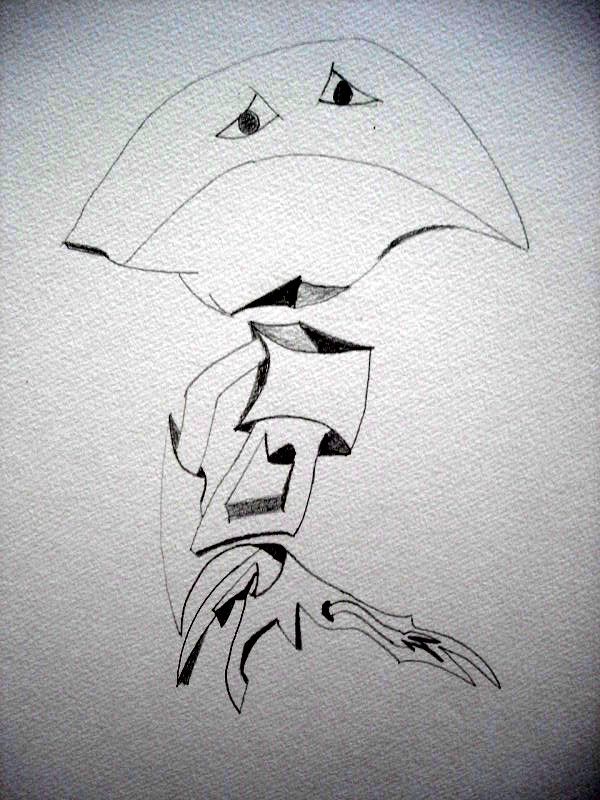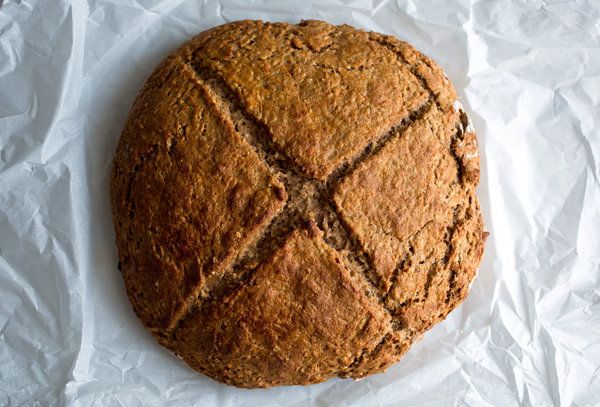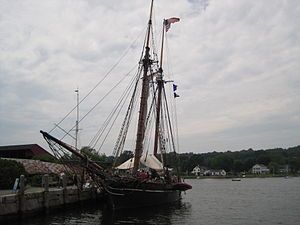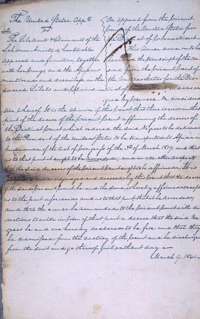This is your morning Open Thread. Pour your favorite beverage and review the past and comment on the future.
Find the past “On This Day in History” here.
March 10 is the 69th day of the year (70th in leap years) in the Gregorian calendar. There are 296 days remaining until the end of the year.
On this day in 1959, Tibetans band together in revolt, surrounding the summer palace of the Dalai Lama in defiance of Chinese occupation forces.
China’s occupation of Tibet began nearly a decade before, in October 1950, when troops from its People’s Liberation Army (PLA) invaded the country, barely one year after the Communists gained full control of mainland China. The Tibetan government gave into Chinese pressure the following year, signing a treaty that ensured the power of His Holiness the Dalai Lama, the country’s spiritual leader, over Tibet’s domestic affairs. Resistance to the Chinese occupation built steadily over the next several years, including a revolt in several areas of eastern Tibet in 1956. By December 1958, rebellion was simmering in Lhasa, the capital, and the PLA command threatened to bomb the city if order was not maintained.
On 1 March 1959, an unusual invitation to attend a theatrical performance at the Chinese military headquarters outside Lhasa was extended to the Dalai Lama. The Dalai Lama, at the time studying for his lharampa geshe degree, initially postponed the meeting, but the date was eventually set for 10 March. On 9 March, the head of the Dalai Lama’s bodyguard was visited by Chinese army officers. The officers insisted that the Dalai Lama would not be accompanied by his traditional armed escort to the performance, and that no public ceremony for the Dalai Lama’s procession from the palace to the camp should take place, counter to tradition.
According to historian Tsering Shakya, the Chinese government was pressuring the Dalai Lama to attend the People’s Congress in April 1959, in order to repair China’s image with relation to ethnic minorities after the Khampa’s rebellion. On 7 February 1959, a significant day on the Tibetan calendar, the Dalai Lama attended a religious dance, after which the acting representative in Tibet, Tan Guansan, offered the Dalai Lama a chance to see a performance from a dance troupe native to Lhasa at the Norbulingka to celebrate the Dalai Lama’s completion of his lharampa geshe degree. According to the Dalai Lama’s memoirs, the Dalai Lama agreed, but said that the Norbulingka did not have the facilities, and suggested the new auditorium in the PLA headquarters in Lhasa as a more appropriate venue. Neither the Kashag nor the Dalai Lama’s bodyguards were informed of the Dalai Lama’s plans until Chinese officials briefed them on 9 March, one day before the performance was scheduled, and insisted that they would handle the Dalai Lama’s security. Some members of the Kashag were alarmed that were not also invited to lead a customary armed procession, recalling a prophecy that told that the Dalai Lama should not exit his palace.
According to historian Tsering Shakya, some Tibetan government officials feared that plans were being laid for a Chinese abduction of the Dalai Lama, and spread word to that effect amongst the inhabitants of Lhasa. On 10 March, several thousand Tibetans surrounded the Dalai Lama’s palace to prevent him from leaving or being removed. The huge crowd had gathered in response to a rumor that the Chinese communists were planning to arrest the Dalai Lama when he went to a cultural performance at the PLA’s headquarters. This marked the beginning of the uprising in Lhasa, though Chinese forces had skirmished with guerrillas outside the city in December of the previous year. Although CCP offcials insisted that the “reactionary upper stratum” in Lhasa was responsible for the rumor, there is no way to identify the precise source. At first, the violence was directed at Tibetan officials perceived not to have protected the Dalai Lama or to be pro-Chinese; attacks on Hans started later. One of the first casualties of mob was a senior lama, Pagbalha Soinam Gyamco, who worked with the PRC as a member of the Preparatory Committee of the Tibetan Autonomous Region, who was killed and his body dragged by a horse in front of the crowd for two kilometres.
On 12 March, protesters appeared in the streets of Lhasa declaring Tibet’s independence. Barricades went up on the streets of Lhasa, and Chinese and Tibetan rebel forces began to fortify positions within and around Lhasa in preparation for conflict. A petition of support for the armed rebels outside the city was taken up, and an appeal for assistance was made to the Indian consul. Chinese and Tibetan troops continued moving into position over the next several days, with Chinese artillery pieces being deployed within range of the Dalai Lama’s summer palace, the Norbulingka. On 15 March, preparations for the Dalai Lama’s evacuation from the city were set in motion, with Tibetan troops being employed to secure an escape route from Lhasa. On 17 March, two artillery shells landed near the Dalai Lama’s palace, triggering his flight into exile. On 19 March the Chinese started to shell the Norbulingka, prompting the full force of the Uprising. According to the freetibet website, on 21 March 800 shells rained down on the palace, including the shelling of the Norbulingka and Lhasa’s major monasteries, slaughtering thousands of Tibetan men, women and children. Combat lasted only about two days, with Tibetan rebel forces being badly outnumbered and poorly armed.


 Welcome to the Stars Hollow Health and Fitness News weekly diary. It will publish on Saturday afternoon and be open for discussion about health related issues including diet, exercise, health and health care issues, as well as, tips on what you can do when there is a medical emergency. Also an opportunity to share and exchange your favorite healthy recipes.
Welcome to the Stars Hollow Health and Fitness News weekly diary. It will publish on Saturday afternoon and be open for discussion about health related issues including diet, exercise, health and health care issues, as well as, tips on what you can do when there is a medical emergency. Also an opportunity to share and exchange your favorite healthy recipes. 
 On this day in 1841,
On this day in 1841, 
Recent Comments